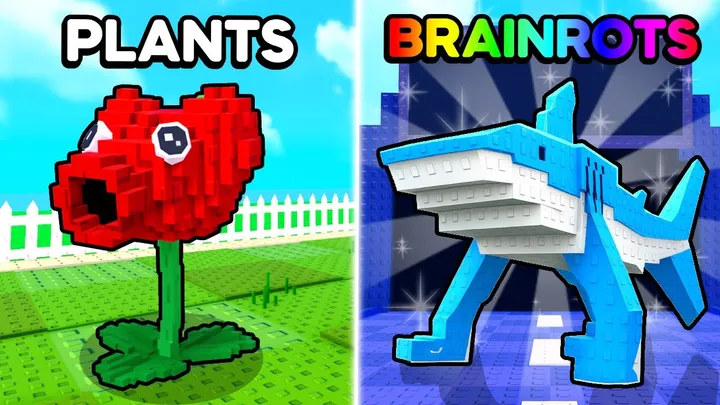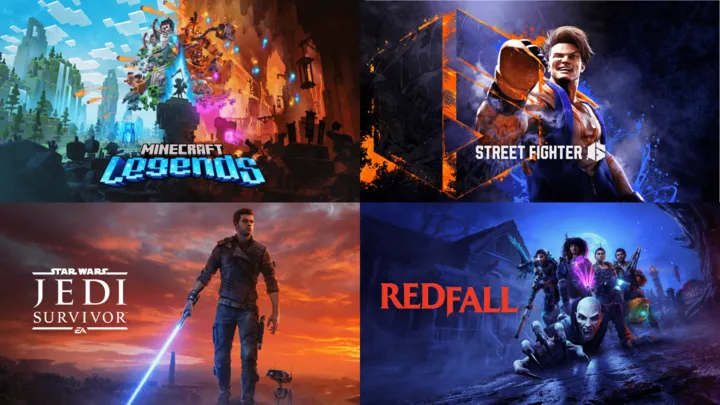Best Classic Games That Never Get Old
Introduction
When people talk about video game history, they often mention the pioneers: Pac-Man, Super Mario Bros., or Tetris. While those deserve recognition, there’s another group of classic titles from the 1990s and early 2000s that continue to inspire new players today. These games didn’t just define genres—they elevated gaming into art, culture, and community.
In this article, we’ll explore ten unforgettable classics that never get old. Each one was groundbreaking at release, and each one remains highly playable decades later. Whether through emotional storytelling, competitive depth, or unforgettable worlds, these games are timeless.
1. Chrono Trigger (1995) – The Timeless JRPG
Released for the Super Nintendo Entertainment System (SNES), Chrono Trigger is considered one of the greatest role-playing games ever created. Developed by a “dream team” of Square Enix legends—including Hironobu Sakaguchi (Final Fantasy), Yuji Horii (Dragon Quest), and Akira Toriyama (Dragon Ball)—it brought together unparalleled talent.
Why It Stands the Test of Time
- Branching storylines with multiple endings, a rarity at the time.
- Innovative battle system that combined turn-based mechanics with real-time elements.
- Unforgettable characters like Crono, Frog, and Magus.
Even in 2025, players still discover fresh nuances in Chrono Trigger. Its narrative about time travel and destiny resonates with universal themes, making it a JRPG masterpiece that never ages.
2. Metal Gear Solid (1998) – Stealth Becomes Cinema
Hideo Kojima’s Metal Gear Solid on the PlayStation redefined what video games could be. It wasn’t just about gameplay—it was an interactive movie with complex characters and political themes.
Groundbreaking Elements
- Cinematic storytelling using in-game graphics and voice acting.
- Stealth mechanics that encouraged avoiding combat rather than engaging directly.
- Meta design – Players had to look at the game’s CD case for a codec frequency or swap controller ports to beat Psycho Mantis.
Metal Gear Solid made players realize that games could tell mature, emotional, and thought-provoking stories, setting the stage for modern narrative-driven titles.
3. Half-Life (1998) – Redefining the First-Person Shooter
Valve’s Half-Life changed everything for the FPS genre. Instead of simple level-based shooting, it offered a seamless, story-driven experience where players lived through the chaos of a Black Mesa research facility gone wrong.
Why It’s Legendary
- Scripted sequences replaced cutscenes, keeping players immersed.
- AI innovation – Enemies worked together, flanking and ambushing players.
- Community legacy – Mods like Counter-Strike were born from its engine.
Even today, Half-Life feels revolutionary, reminding us that gameplay and storytelling can be perfectly intertwined in a shooter.
4. Resident Evil 2 (1998) – Survival Horror Perfected
Capcom’s Resident Evil 2 is a benchmark of survival horror. Unlike the first game’s confined mansion, RE2 expanded the setting to Raccoon City, delivering a cinematic, terrifying experience.
Key Features
- Dual campaigns – Leon and Claire’s stories intertwined with different perspectives.
- Atmosphere of dread – Dark alleys, limited ammo, and grotesque monsters.
- Replayability – The “zapping system” encouraged multiple playthroughs.
Resident Evil 2 remains iconic because it balanced fear, action, and storytelling in a way that still inspires modern horror titles.
5. Silent Hill 2 (2001) – Psychological Horror That Haunts
Where Resident Evil excelled at external horror, Silent Hill 2 focused on psychological terror. James Sunderland’s journey into the foggy town was as much about his inner demons as the monsters lurking in the mist.
Why It’s Unforgettable
- Symbolism – Monsters reflected James’s guilt and trauma.
- Atmosphere – Thick fog, unsettling sounds, and oppressive silence.
- Emotional storytelling – Few games dared to be this raw and human.
Silent Hill 2 endures because it treats horror as art, delivering a deeply personal story that resonates even decades later.
6. Diablo II (2000) – The Endless Grind That Defined ARPGs
Blizzard’s Diablo II perfected the action RPG formula. Loot-driven progression, randomized dungeons, and addictive online co-op made it a game that people played for thousands of hours.
Timeless Elements
- Loot system – The thrill of finding rare items kept players hooked.
- Character builds – Skills and stats allowed deep customization.
- Multiplayer legacy – Battle.net defined online co-op experiences.
Even with modern successors, Diablo II remains the gold standard for hack-and-slash RPGs. Its remaster only proved how timeless its gameplay truly is.
7. Counter-Strike 1.6 (2000) – The Birth of Online Esports
What began as a Half-Life mod became a global phenomenon. Counter-Strike 1.6 set the blueprint for competitive shooters, with terrorists and counter-terrorists facing off in objective-based matches.
Why It Never Dies
- Skill-based gameplay – Every bullet matters, no respawns.
- Esports culture – It built competitive gaming long before modern tournaments.
- Community-driven – Maps like Dust2 became legendary battlegrounds.
Even today, countless players return to CS 1.6, proving that pure competitive design never gets old.
8. Warcraft III (2002) – Strategy Meets Storytelling
Blizzard struck again with Warcraft III, a real-time strategy masterpiece that combined traditional base-building with RPG-style hero units.
Highlights
- Epic campaigns – The story of Arthas’s fall to darkness remains one of gaming’s best.
- Modding scene – Gave birth to Defense of the Ancients (DotA), the ancestor of MOBAs.
- Multiplayer depth – Balanced races and strategic variety.
Warcraft III’s legacy is massive—not only as a great RTS but also as the foundation of an entire genre (MOBAs) that dominates esports today.
9. Grand Theft Auto: Vice City (2002) – Open-World Freedom
Rockstar’s GTA: Vice City transported players to a neon-soaked version of 1980s Miami. With its blend of sandbox freedom, sharp writing, and an unforgettable soundtrack, it became an instant classic.
Why It Still Rules
- Living city – Players could drive, explore, and wreak havoc freely.
- Stylish storytelling – Inspired by Scarface and Miami Vice.
- Cultural immersion – Music, fashion, and vibe of the 80s brought authenticity.
Vice City remains one of the most beloved GTA entries because it captured an era’s spirit while offering total freedom.
10. World of Warcraft (2004) – The MMORPG That Ruled Them All
When World of Warcraft launched, it redefined online gaming. Millions of players entered Azeroth, forging friendships, rivalries, and memories that lasted decades.
Why It’s Timeless
- Massive community – Guilds, raids, and player-driven economies.
- Living world – Constant updates kept it evolving.
- Cultural dominance – For years, WoW was the online game.
Even today, WoW’s classic servers prove that players still crave the original experience. It’s not just a game; it’s a cultural landmark.
Conclusion
The games on this list are more than nostalgia—they’re pillars of gaming history. Each one introduced innovations, memorable stories, or cultural revolutions that shaped the industry forever. From the time-traveling adventures of Chrono Trigger, to the endless loot grind of Diablo II, to the global communities of Counter-Strike and World of Warcraft, these classics remain as fun and relevant now as they were decades ago.
They prove one thing: great design never gets old.

















